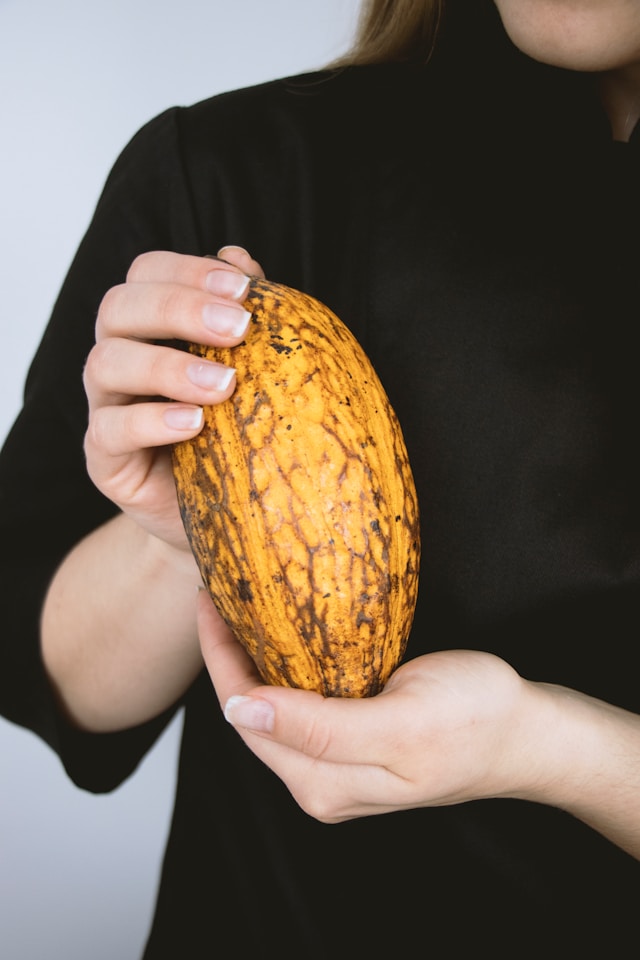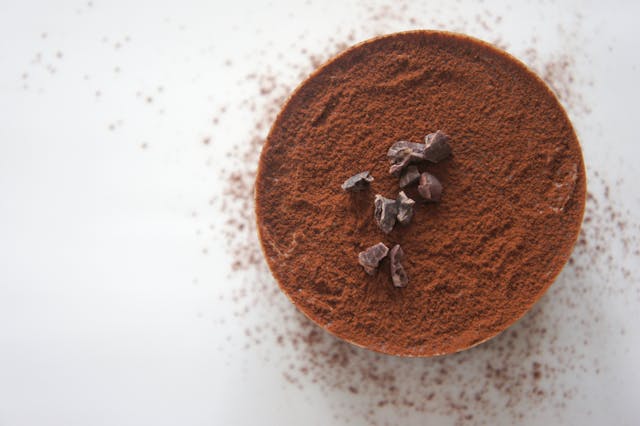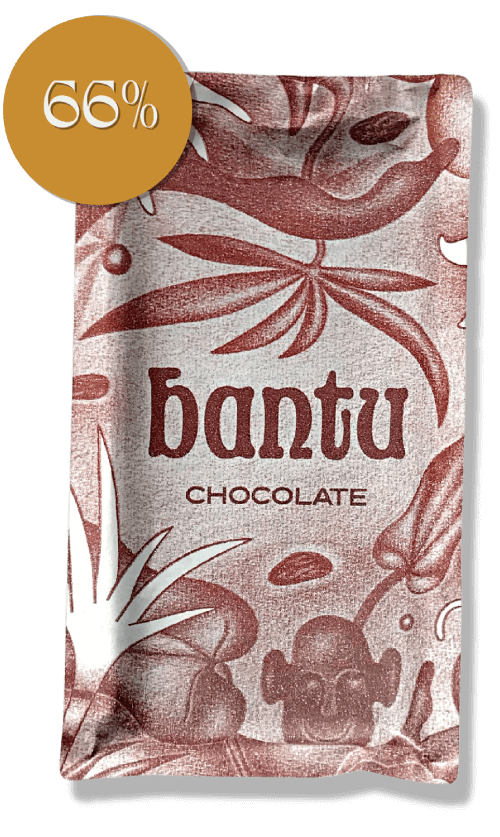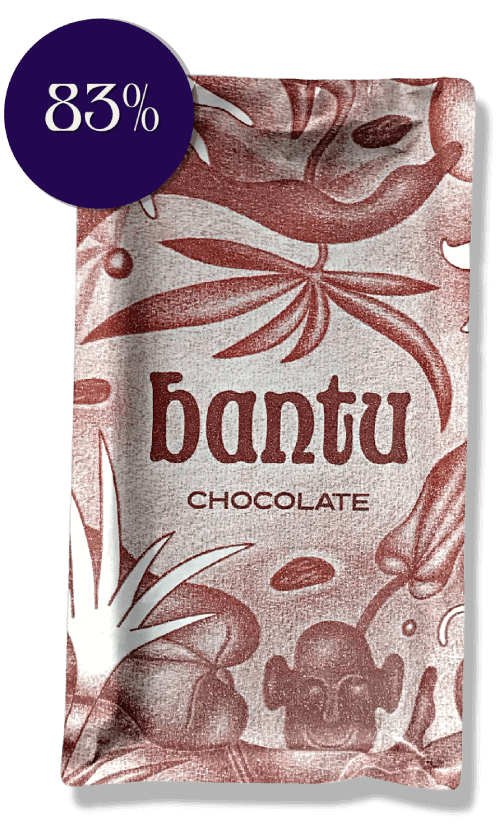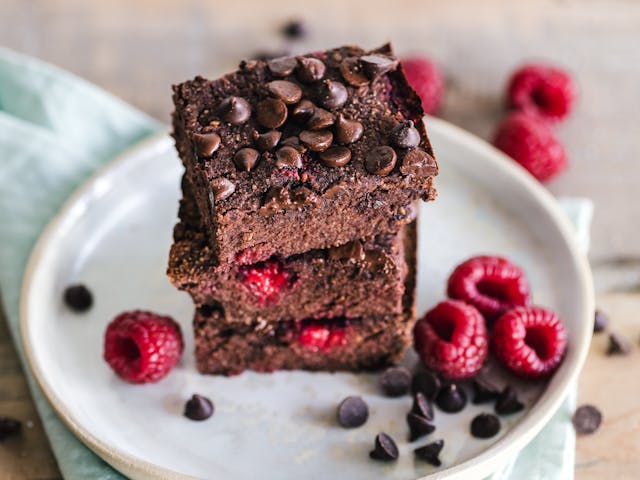
Your Ultimate Guide on Flavonoids from a Farm-to-Table Perspective
September 19, 2024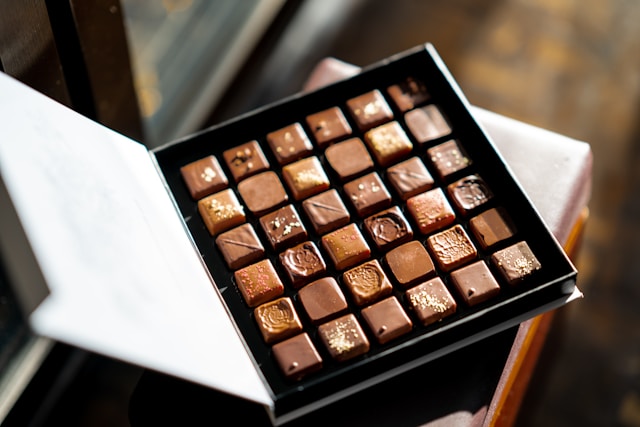
Fake Chocolate vs. Real Chocolate – How Much Do You Know?
September 19, 2024Top Benefits of Cacao for Beauty and Wellness
And Reasons to Choose Quality Cacao Products
Way before modern science uncovered the beneficial bioactive substances in cacao, the raw material for chocolate, the Aztecs used this precious ‘food of the gods’ to treat various illnesses. From weariness and constipation to even haemorrhoids and gout.
Today, hundreds of studies have been carried out, and continue to be carried out, to identify or explain the potential benefits of these bioactive compounds.
In this article, we draw on those studies to highlight the benefits of cacao for beauty and wellness.
Disclaimer: this article is for informational purposes only and must not be taken as medical or beauty advice.
That caveat out of the way, let’s dig in to the wonderful world of cacao benefits for health, inside out.
Cacao’s Benefits for the Body
Cacao products like dark chocolate, natural cocoa powder, cocoa nibs, and cocoa butter can benefit your body in several ways.
1. Cacao’s powerful antioxidants promote general wellbeing
Cacao’s many health benefits come mostly from its rich supply of powerful antioxidants, substances that help your body fight free radicals. Free radicals cause oxidative stress and damage cells in your body.
By neutralising free radicals, antioxidants lower your risk of developing chronic conditions like diabetes, heart disease, high blood pressure, cellular inflammation, certain cancers, and neurodegenerative diseases.
Cacao contains different classes of antioxidants—flavonoids, phenolic acids, and carotenoids. Flavonoids, mostly as flavanols, are the most abundant class of cacao antioxidants.
Cocoa butter and white chocolate are not good sources of these antioxidants. Consume more products rich in non-fat cocoa solids.
2. May lower risk of heart disease and other cardiovascular conditions
Because of its antioxidant properties, cacao may lower your risk of heart disease. But the benefits can also come through other mechanisms. For example, the liver transforms the saturated fatty acid, stearic acid, found in cacao butter into oleic acid, a monosaturated fatty acid known to raise blood levels of good cholesterol while decreasing the levels of bad cholesterol.
One study found that 49g of 71% dark chocolate is equivalent to 196ml of Tannat red wine in terms of the daily flavonoids intake recommended for lowering the risk of heart attack in adults with 70kg body weight.
3. May lower risk of developing cancer
Flavonoids in cacao combat oxidative stress and chronic inflammation, two risk factors for developing cancer.
RELATED: Health Benefits of Flavonoids
Can cacao or dark chocolate help with weight management?
Cacao powder and dark chocolate show potential in improving lipid profiles in obese persons but results of scientific studies on cacao and weight management are not decisive.
However, one clinical study involving 1018 participants from 20-85 years old showed that adults who frequently consumed chocolate had lower body mass index than those who consumed chocolate less often.
The researchers linked the results not to calorie intake, but to the character of the calories (have you heard it said that calories are not all equal?).
For example, some research suggests that foods low on the glycaemic index, regardless of their number of calories, may help regulate blood sugar levels, preventing the insulin response (to sugar spikes) of converting excess energy into fat for storage.
The researchers also associated the results to the benefits of cacao antioxidants in improving metabolic syndrome. Metabolic syndrome includes excess fat around the waist, high blood pressure, high blood sugar, and abnormal cholesterol levels. This group of conditions increases your risk of diabetes, heart disease, and stroke.
Most commercial chocolate products are high in added sugar than they’re in antioxidants. If you want to consume cacao regularly, choose dark chocolate with at least 70% cacao content or natural 100% cacao powder. Also remember that healthy eating is part of an overall wellness plan and no one food is a magic cure-all or prevent-all.
We have 3 dark chocolate bars ranging from 66% to 83% cacao content. You may also enjoy our dark chocolate spread.
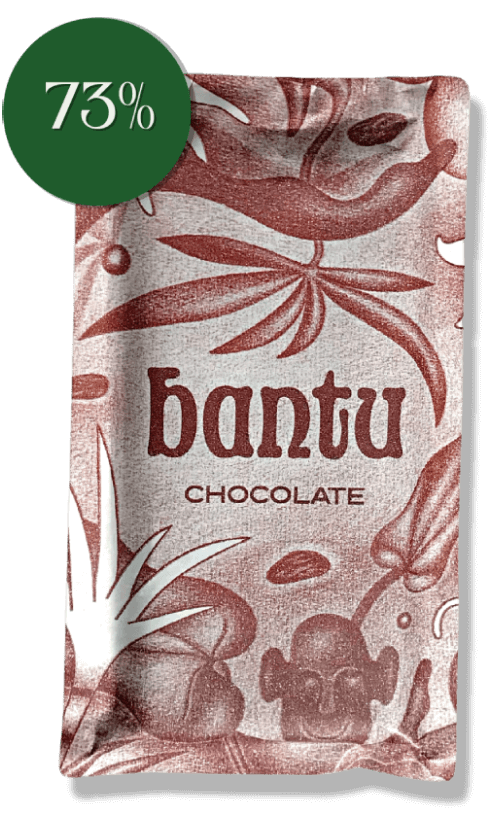
Dark chocolate with 73% cacao. Noire is one of 3 dark chocolate bars we craft in London with cacao beans from our farm in Cameroon.
Cacao’s Benefits for Brain and Mental Wellness
Cacao offers several benefits for brain and mental wellness as it contains substances that may enhance your mood and improve cognitive function. It may also reduce stress (crucial for mental health) and prevent neurodegenerative diseases.
1. Cacao enhances mood
Studies on the effect of cacao products on depression and anxiety symptoms show that cacao consumption improves mood, at least in the short term.
This can be attributed to several psychoactive substances in cacao such as phenylethylamine, anandamide, and the methylxanthines caffeine and theobromine. Eating chocolate also stimulates your brain to release endorphins and dopamine, the feel-good hormones.
CAUTION: these potential benefits do not replace medical intervention for those with mental health disorders. Do not use chocolate as a coping mechanism for serious life stressors. Seek professional therapy.
2. May improve cognitive function
Studies have proven that cacao can improve cognitive performance in both young and old people. A 2020 literature review of intervention studies in children and young adults fed high-flavanol cacao powder and chocolate concluded that cacao flavanols provide young adults with a better cognitive performance in verbal learning, memory, and attention that favours academic achievement.
Another study targeting an ageing population showed that cacao and dark chocolate with high flavanol content may help older people to improve or recover their neurological function.
3. May reduce stress
Similar to mood-lifting benefits, cacao may help reduce stress through the release of pleasure hormones endorphins and dopamine which give you a sense of wellbeing.
Cacao is also a good source of magnesium that helps in the body’s response to mental and physical stress. An ounce or 28 grams of dark chocolate contains about 41-65mg of magnesium, which is at least 10% of the required daily intake of magnesium for adults. Note that values vary between brands as cacao content is not the same.
4. May prevent neurodegenerative diseases
The aging brain and body are not left out of the benefits of cacao. There’s some evidence that compounds in cacao, like the alkaloid theobromine, may protect the nervous system against disease like Alzheimer’s and Parkinson’s.
Cacao’s Benefits for Skin Health
There are several ways that your skin can reap from the health-imparting properties of rich cacao.
1. Cacao protects against UV radiation
Research shows that polyphenols in cacao protects the skin from the harmful effects of UV radiation and decrease your chances of developing skin diseases. Ultra-violet rays like that from the Sun damage skin cells, causing premature aging and increase risk for skin cancers.
2. Cacao improves skin hydration and elasticity
Cacao consumed regularly as high-flavanol cacao drink moisturizes skin and even increases skin density. A study on the effects of long-term consumption of cacao flavanol followed two groups of women consuming a cacao powder drink with different amounts of flavanols (326mg vs. 27mg/day).
Tests done at 6 weeks and 12 weeks showed significant skin improvements in women in the high-flavanol group and none for the low flavanol group. Specifically, women in the high-flavanol group showed increase in skin hydration, blood flow to the tissues under the skin and the layer just beneath the skin, and an increase in skin density (thickness).
Cacao powder is not the only skin-beneficial part of the cacao seed. Even though cacao butter is not as rich in flavanols, its fatty acids help to hydrate the skin by forming a barrier that keeps moisture in so the skin doesn’t dry out.
3. Cacao butter is beneficial for dry skin, eczema, and psoriasis
As a moisturizer, cacao butter is known to soothe dry skin and lock moisture in. In addition, potash from cocoa pod husk is often mixed with cocoa butter and or shea butter into cleansing soaps effective against skin diseases like eczema and psoriasis. The potash acts as a detergent and the cocoa butter is the active ingredient against skin conditions.
Because cacao butter can be comedogenic (cause breakouts on the skin) in some people, it is important to test-patch before you use it.
4. Cacao may help in collagen production
One of several minerals in cacao is copper which helps the body to produce collagen, the protein responsible for tighter, younger-looking skin.
WebMD reports that 100 grams of 70% to 85% dark chocolate contains 1,766 micrograms of copper and 60% to 69% dark chocolate has 1,248 micrograms. With the daily required value for copper at just 0.9mg (900 micrograms), a bar of dark chocolate can get you covered for copper needs in a day.
It can take as long as 8 weeks to notice the benefits of collagen boosting on skin health. You won’t wake up without wrinkles and fine lines just because you ate a bar of dark chocolate the previous day. Or even collagen supplements, for that matter. Aim for long term cacao use.
Topical Uses of Cacao for Better, Healthier Skin & Hair
You can use cacao in different ways and formulations for beauty and skin health. Face masks and scrubs with cacao solids leave your skin looking brighter and smoother while cacao butter moisturizes the skin and even heals cracked skin.
1. DIY cacao face masks and scrubs
Cacao face masks and scrubs leave the skin looking brighter and smoother due to the exfoliating effects of cacao solids that help the skin shed dead cells. Cacao face scrub, like other face scrubs, also stimulates blood circulation.
What can you use for your DIY cacao face mask at home?
The essential ingredient is cacao which can be in the form of cacao powder or melted chocolate. Optional ingredients include honey, milk, yoghurt, coconut oil, jojoba oil, cacao butter (if you’re not using melted chocolate), avocado, etc.
Whatever combination of cacao powder and other ingredients you choose for your masks, the instructions are pretty straightforward:
1. Mix all ingredients to a smooth consistency.
2. Cleanse your face with a gentle cleanser and pat dry. We recommend Fenty Beauty’s Cacao Cleans’r soap. You may also exfoliate your face before applying the mask to enhance absorption.
3. Apply a thin layer of your cacao face mask to your face and neck.
4. Let the mask stay on for 15 minutes.
5. Rinse your face with warm water and pat dry.
6. Use your favourite moisturizer.
How many times should you apply a cacao face mask in a week?
Healthline advises that face masks, not only cacao, should ideally be applied once per week, although you may use DIY masks up to 3 times per week. This is because homemade masks use natural kitchen ingredients and lack the harsh artificial additives in commercial masks.
2. Apply cacao butter on skin
You can use raw cacao butter or creams formulated with cacao butter. Apply to lips, face, or other skin area you want to heal.
Word of caution: If it’s your first time, do a test patch as cacao butter can cause breakouts on your skin. A safer option will be to use non-comedogenic creams such as CAY SKIN.
3. Condition hair with cacao butter conditioner
Conditioners made with cacao butter hydrate your hair and help you style with ease. For processed cacao butter products, read labels for instructions to use.
For raw cacao butter as hair conditioner:
1. Melt a small amount of raw cacao butter by placing the container in warm water. If you use much, it will weigh your hair down.
2. Apply the melted cacao butter to the ends of your hair and work your way up. Then leave it overnight.
3. Shampoo and rinse thoroughly
4. Apply your usual hair oil and style.
Cacao and Reproductive Health
Cacao has some benefits for reproductive health, but not very significant as for other body systems.
Cacao may reduce menstrual pain in primary dysmenorrhea
Primary dysmenorrhea is menstrual pain from unidentified causes unlike secondary dysmenorrhea from conditions such as endometriosis. Cacao’s benefit in soothing menstrual pain can be attributed to the release of endorphins when you eat chocolate and or to the magnesium found int chocolate.
However, chocolate cravings during the perimenstrual period is not the body asking for magnesium. Instead, such craving is socially acquired, mostly common with women in North America.
Can cacao boost libido?
There’s debate on whether cacao boosts sexual drive or whether it’s the mood enhancing substances in cacao that make people want to have sex. It is interesting that even though the Aztecs used cacao to treat many ailments, there’s no evidence they ever used it to arouse sexual desire. Chocolate as an aphrodisiac is a modern claim with neither scientific nor anecdotal evidence. Although there’s some evidence that cacao can increase nitric oxide, a vasodilator that can cause erection, the effect is too little to be significant.
The Best Time to Consume Cacao/Chocolate
The caffeine in cacao can boost your mood and energy, but may keep you up at night, although it depends on the amount of caffeine and the amount of cacao product. Other factors like caffeine sensitivity also affects how your body reacts to caffeine from cacao products.
The best time to consume dark chocolate or hot cocoa is in the morning or latest 5 hours to bedtime. This ensures you experience energy boost without affecting your sleep.
Reasons to choose high-quality cacao products for best wellness results
All cacao products are not farmed, sourced, or created equal. You can choose to have cheap chocolate and cacao powder or you can go for organic, ethical products made with wellness in mind. Not just bodily wellness, but social and environmental wellness.
Here are tips to choose high quality chocolate or cacao for wellness:
– Buy organic over cheap commercial cocoa. Avoid fake chocolate like the plague.
– Buy from fair trade-certified or ethical brands. Do not fund child and slave labour in cacao farms.
– Get higher flavanol cacao products for greater potential benefits. Dark chocolate from at least 70% or minimally processed, non-alkalized 100% cacao powder is better.
As cacao farmers, Bantu Chocolate is an ethical brand creating organic, cruelty-free cacao products.
Check out our dark chocolate bars, dairy-free chocolate spread, and our other products.
How to maximize cacao’s benefits for beauty and wellness
1. Choose less processed cacao products
High quality cacao contains more flavanols which are responsible for most of cacao’s benefits. Also choose products with few ingredients to avoid artificial additives that can hinder your wellness goals. The higher the cacao percentage, the better.
The percentage you find on cacao products means the rest is filled up with sugar and other things. For example, 73% dark chocolate means 73% of the ingredients come from the cacao seed while 27% is from sugar and other ingredients.
Common harmful additives in chocolate include soy lecithin, artificial flavours, and colours. Good chocolate has cacao solids, cacao butter, less sugar, and fewer additives.
Lastly, consider the lead and cadmium content of the cacao powder or chocolate you buy. Lead and cadmium are harmful heavy metals commonly found in chocolate, especially dark chocolate.
Unfortunately, not all brands analyse their products for heavy metals.
One way to lower your risk of consuming high amounts of lead and cadmium is to punctuate your dark chocolate routine with milk chocolate. Milk chocolate has less flavanols, but also less heavy metals.
2. Use cacao consistently but moderately
Studies on the benefits of cacao sometimes followed participants for several weeks to begin to see significant results.
– Incorporate cacao into your diet as a routine.
– You can use 100% cacao powder for hot cocoa, smoothies, or pastries.
– Or eat plain solid chocolate, especially dark chocolate.
– Or why not, get a chocolate spread for your toast, fruits, and drinks.
Chocolate is calorie dense. If you’re to eat it consistently, moderation is key. And let the macronutrients fit into your overall nutritional goals.
Who Should Avoid Cacao?
As rich as cacao is, not everyone can enjoy it. Some of the substances in cacao can negatively impact certain conditions:
– People with caffeine sensitivity and caffeine allergy.
– People on medication. Always check if your drug negatively interacts with bioactive substances in chocolate or cacao powder.
Key Takeaways
Cacao is rich in substances that offer potential health benefits for the body, mind, and skin.
Cacao butter soothes and hydrates the skin, helping to heal dry and cracked skin.
Consistent moderate use of cacao products is key to reaping the health benefits.
References
https://onlinelibrary.wiley.com/doi/abs/10.1111/jfbc.14512
https://www.sciencedirect.com/science/article/pii/S1756464624001282#s0055
https://link.springer.com/chapter/10.1007/978-981-97-2681-3_9
http://library.go4manusub.com/id/eprint/620/
https://jurnalfpk.uinsa.ac.id/index.php/jhsp/article/view/107
Chocolate Extinction: Fact vs. Fiction + What Chocolate Lovers Can Do
Chocolate ExtinctionFact vs. Fiction, What Consumers Can Do Share On Facebook Twitter Email Is the world really running out of chocolate? Not really. Currently the global […]
Corporate Chocolate Gifting Ideas to Appreciate Employees and Delight Clients
Corporate Chocolate GiftingHow to Appreciate Employees & Delight Clients Share On Facebook Twitter Email When it comes to corporate gifting, a one-gift-fits-all approach just doesn't cut […]
Cacao Supper Club at Home: Guide to Tasting Chocolate, Cacao Tea, and Pulp Juice
Cacao Supper Club at HomeGuide to Tasting Chocolate, Cacao Tea, and Pulp Juice Share On Facebook Twitter Email Imagine gathering around the table with a few […]



